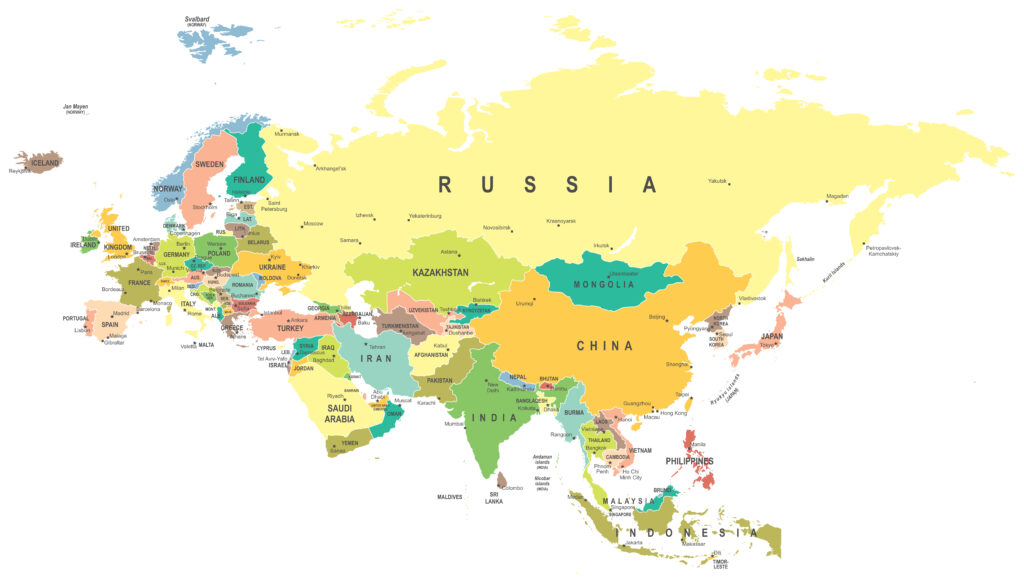By James Carden, ACURA, 2/13/24
During Mr. Obama’s second term in office (2013-2017), it had become clear that the terms of the public policy debate were undergoing a radical and worrying transformation. In the space of a very short time, certain ideas and policy proposals were being ruled as out of bounds not on the grounds that they were unwise, impractical, or inefficient, but on the grounds that they were products of “disinformation” campaigns on the part of foreign intelligence agencies.
To take one example: Those few who publicly expressed reservations with regard to Mr. Obama’s policy toward Russia and Ukraine found themselves branded not as merely unwise or wrongheaded but as nefarious tools of a foreign disinformation campaign.
The late Obama years witnessed a proliferation of OSNIT (open-source intelligence) outfits helmed by inane YouTube sleuths like Eliot Higgins, a figure with little in the way of formal education and absolutely zero experience in intelligence gathering who somehow became a public figure virtually overnight (Gosh, how did that happen?).
It can hardly be a coincidence that Bellingcat and its imitators sprung up at exactly the same moment that the US foreign policy establishment embarked upon a new and more dangerous cold war (one that has both Russia and China as its target).
Under Obama, the division of the world between “democracies and authoritarian regimes” was made the centerpiece of US foreign policy, animated by a paranoia not seen in this country since the late 1940s and early 1950s. And stoking the paranoia among both the chattering classes and the population at large necessitated the formation of a new information apparatus, and this, in turn, required a revision of a Cold War era law, the Smith-Mundt Act of 1948 which heretofore had prohibited the US government from propagandizing its own citizens at taxpayer expense.
Soon after the Smith-Mundt “reform” was passed, the so-called Global Engagement Center was stood up under the auspices of the US Department of State. The Center, now led by former Clinton administration flack Jamie Rubin (husband of the reliably pro-interventionist CNN correspondent Christiane Amanpour), provides grants to “disinformation” outfits such as NewsGuard, which is currently facing a defamation lawsuit filed by Consortium News, the news outlet founded by legendary Iran-Contra reporter Robert Parry.
That aside, it must be admitted that the efforts of the “disinformation” complex have perhaps succeeded beyond the wildest wishes of those who set it in place. The work product of these outfits has been “weaponized” (a favorite term of art of the complex, and a word that has become unfortunately ubiquitous over the past decade thanks to it) to marginalize and stigmatize dissent. By turns vicious and unscrupulous, the tactics of the “disinformation” complex have, over the years, been co-opted by legacy media outlets like the Washington Post and the New York Times. And, as a consequence, policy alternatives are now routinely ruled out on grounds not that they are merely mistaken but on grounds they are treasonous, that they are Manchurian policies that ought to be dismissed out of hand, lest they play into the enemy’s hands.
It has always been the case that the American president is, due to his reliance on the intelligence fed to him by his circle of advisers, in some respects a prisoner of the national security apparatus which he ostensibly oversees. In a 1971 essay titled “The National Security Managers and the National Interest,” Richard Barnet, a founder of the Institute for Policy Studies observed that “National Security Managers exercise their power chiefly by filtering the information that reaches the President and by interpreting the outside world for him.” Picking up on Barnet’s theme, the philosopher Hannah Arendt further observed that “The President, one is tempted to argue, allegedly the most powerful man in the most powerful country, is the only person in this country whose range of choices can be predetermined.” That is, more or less, the role of the Deputies Committee of the National Security Council whose remit is to, among other things, set the agenda and the range of policy options that will be presented by the NSC principals to the Commander-in-Chief.
I would argue that today the chief executive’s choices are even further circumscribed by the existence of the public-private “disinformation” complex which further stacks the deck in favor of the national security state which acts as a buffer to facts, common sense and alternatives by rendering it politically even more difficult (if not impossible) for a president to challenge the prerogatives of the system.
After all, it is one thing to buck your national security advisors, it is quite another to buck your national security advisors, Congress, The New York Times, The Washington Post, large segments of the public and the entirety of official Washington. Precious few US presidents have ever had the courage to do the former – what, do you suppose, is the likelihood of any finding it within themselves to do the latter?
As such, the president is the “disinformation” complex’s most valuable hostage.
